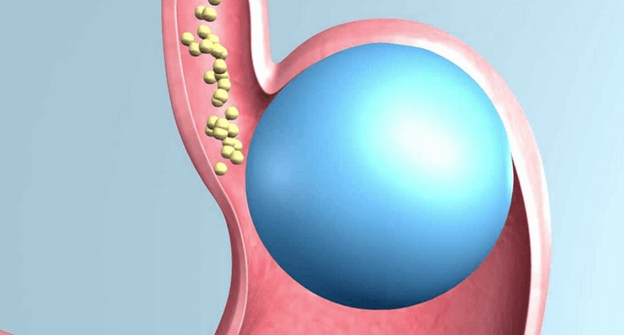
Everyone is aware of the side effects of obesity. Weight gain, terminal illness, reduced mobility and energy; the list goes on. Recent studies are showing that those who suffer obesity may have yet another negative side effect: infertility.
Obesity causes an excess of adipose tissue, which is critical in controlling the regulation of sex hormones. Estrogen production and the concentration of sex hormone-binding globulin in the blood are closely correlated with various measures of body fat. What this means is that those who are obese suffer from a lack of procreation-based hormones. Another theory is that disruptions in the hormone leptin, which regulates appetite and energy expenditure, may prevent successful fertilization.
It is interesting that obese patients undergoing fertility treatments require higher doses of fertility drugs.
Obesity in pregnancy carries with it not just increased risks for the pregnant woman during her pregnancy, but also risks for the future health of the child, experts says. Many obesity-related diseases become hereditary, and parents who practice unhealthy eating habit and expose themselves to these illnesses have a greater chance of passing them to their offspring.
As is the case with obesity in general, it is a complex disease of which attempts at weight management yields different results.
When diet and exercise alone are unsuccessful, the concept of procedural therapy for weight control becomes a realistic option. There is an understandable fear about invasive surgery, although very appropriate in certain kinds of patients with serious comorbid conditions such as diabetes and heart disease.
The advent of the intragastric balloon now provides for high impact weight loss method with hundreds of thousands of these case having been performed worldwide over the last 2 decades. The Orbera balloon system can produce a 40% loss of excess weight and has been shown to be 3.1 times more effective the diet and exercise. Best of all, there is no cutting.
The balloons are placed into through the mouth and inflated with water in the stomach. They remain in the stomach for 6 months and then are removed similar fashion. Essential to the success of stomach balloon therapy is a one year long nutritional program that is based on smart mobile technology allowing for virtual visits that encourage strong compliance.





